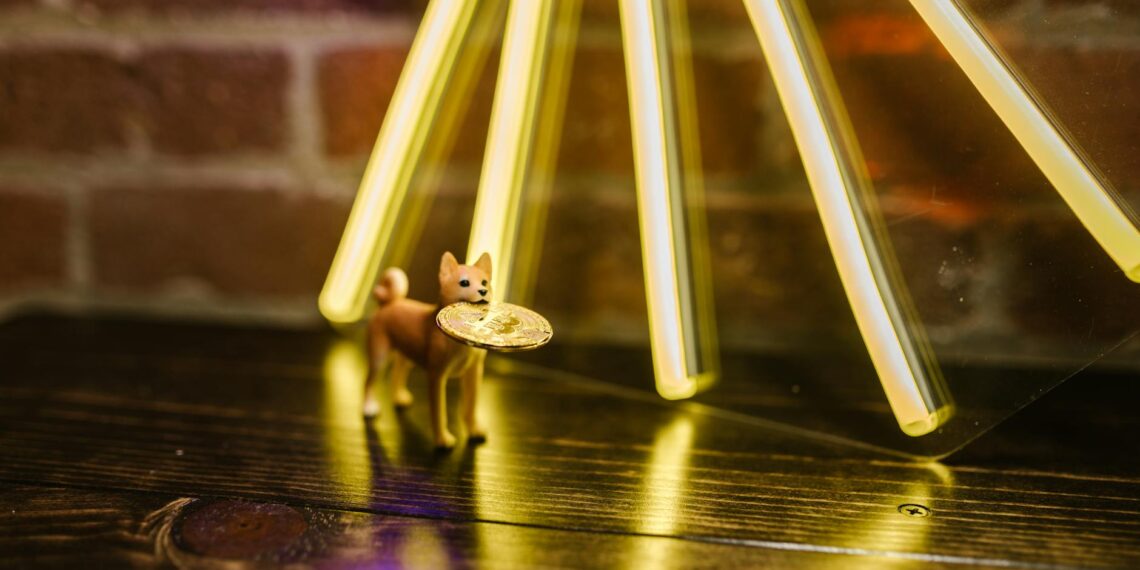If you’re concerned your dog might have swallowed a coin, it’s crucial to take it seriously, as coins, particularly pennies minted after 1982, can be harmful to dogs.
Here’s what you should do:
Even if your dog isn’t showing immediate signs of distress, it’s essential to seek professional advice right away. Explain what happened and follow their instructions carefully.
Unless specifically instructed by your veterinarian, avoid trying to make your dog vomit, as it could cause further harm or complications.
Watch for any changes in your dog’s behavior or physical symptoms. Some common signs that your dog might have ingested a foreign object include:
- Vomiting or retching
- Loss of appetite
- Lethargy or decreased activity levels
- Abdominal pain or discomfort
- Diarrhea
- Pale gums
- Excessive drooling
- Difficulty swallowing
- Changes in urination (e.g., frequent urination, reddish urine)
- Distended abdomen
- Fever
Coins can pose a risk of:
- Obstruction: Coins can block your dog’s digestive tract, leading to serious complications.
- Zinc poisoning: Pennies minted after 1982 contain zinc, which is toxic to dogs. Zinc toxicity can cause the destruction of red blood cells (hemolytic anemia) and damage to the liver and kidneys, [according to the Animal Hospital of Dauphin County] . Symptoms of zinc toxicity can be delayed, so don’t wait for them to appear before seeking veterinary help.
Depending on the situation, your vet may recommend:
- X-rays: To confirm the presence and location of the coin.
- Endoscopy: To retrieve the coin from the stomach using a tube with a camera.
- Surgery: If the coin is stuck in the intestines or cannot be removed via endoscopy.
- Monitoring: If the coin is small and your dog is not showing symptoms, they might monitor your dog closely to see if the coin passes naturally.
Important: Never attempt to treat your dog yourself. Always seek advice from a qualified veterinarian if you suspect your dog has swallowed a coin.











How to know if a dog swallowed a coin?
Great question! The dog refuses food and immediately throws up anything she drinks. Signs of zinc toxicity (from coins) include pale gums, bloody urine, jaundice—a yellow tinge to the whites of the eyes or inside the ears—along with vomiting, diarrhea, and refusal to eat.
How long does it take for a dog to digest a coin?
After ingesting excessive zinc, dogs experience regurgitation, diarrhea, anorexia, lethargy and weakness. These clinical signs can occur within a few hours of ingestion or, in the case of pennies, be delayed up to three to seven days while stomach acid dissolves the coins.